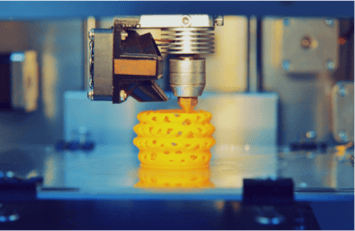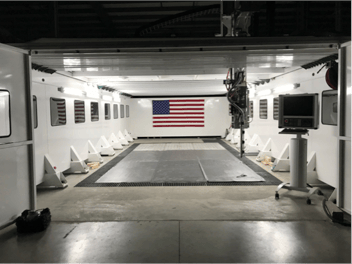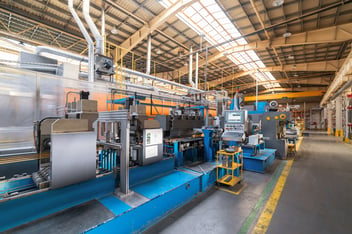How Additive Manufacturing Leads to More Efficient Product Development
 The manufacturing product development process can be complex, especially without expert guidance. It requires a number of phases, a great deal of research, and hands-on problem solving and iteration.
The manufacturing product development process can be complex, especially without expert guidance. It requires a number of phases, a great deal of research, and hands-on problem solving and iteration.
Some of the most common complications manufacturers experience while navigating this process are timeline restrictions and costly prototypes. Additionally, even experienced manufacturers overextend their resources—and many aren’t aware of or don’t have access to the innovations that make product development more efficient, less wasteful, and more affordable.
One such innovation is additive manufacturing.
Additive manufacturing builds three-dimensional objects by adding material in layers (as opposed to cutting or stamping them from a larger mass of material). The technology provides endless opportunity for manufacturers. And this type of Industry 4.0 technology is top of mind of mind for Northeast Ohio manufacturers, as more than a quarter have already invested in it for applications like prototyping.
How Additive Manufacturing Can Work for You
Many manufacturers haven’t considered additive manufacturing simply because they aren’t aware of the myriad purposes for which it’s useful. While consulting with an expert manufacturing advisor is your best bet for personalized advice, some common applications are listed below:
- Injection molding: Additive manufacturing improves cooling performance, extends the life of the mold, and reduces waste.
- Lightweighting: Many parts and applications benefit from using less material (while improving performance) by producing them with additive manufacturing.
- Metal castings: With additive manufacturing, you can print sand molds and cores from a CAD design without a pattern or core box. That means less time and lower costs.
- High-value metal parts: Additive manufacturing can effectively repair costly pieces like turbine blades.
- Inspection fixtures: If you use coordinate measurement machines, additive manufacturing can save money and time on machining inspection fixtures.
Additive Manufacturing Requires Less Material
At its core, additive manufacturing is a less wasteful form of product development because it utilizes only the material needed in the product’s final form. The alternative requires drilling, cutting, or forging from a larger piece of material, which inherently results in unnecessary and discarded scraps.
Aside from simply saving on raw materials, additive manufacturing helps avoid wasted time. Additive technology typically allows for a much less complicated iteration process due to its vast capabilities, meaning prototype designs can evolve without your team spinning its wheels.
Less Time = Higher Efficiency
With saved time comes higher efficiency in your product development process overall. Low-volume, high-complexity parts are often a huge drain on traditional manufacturing resources, especially after multiple iterations—but these types of products are where additive manufacturing is best suited. Compared to traditional processes, additive technology can create and recreate these intricate and complicated pieces much more affordably.
Thanks to its waste prevention and time- and money-saving qualities, additive manufacturing can take your product development process from high-cost to high-margin.


